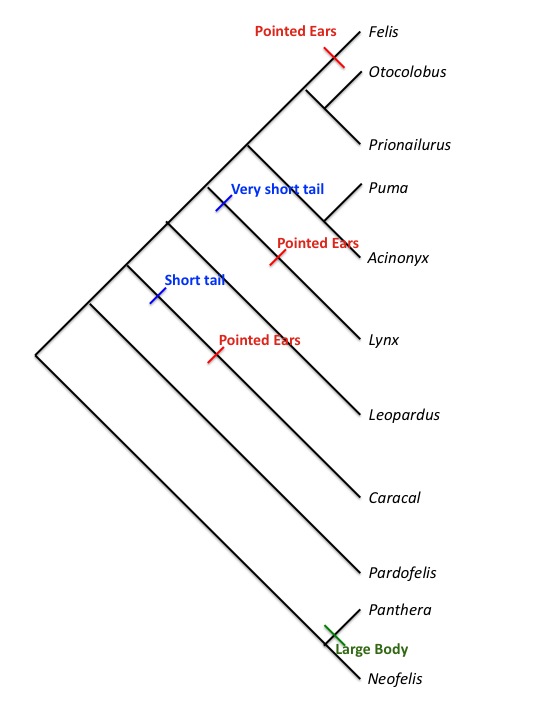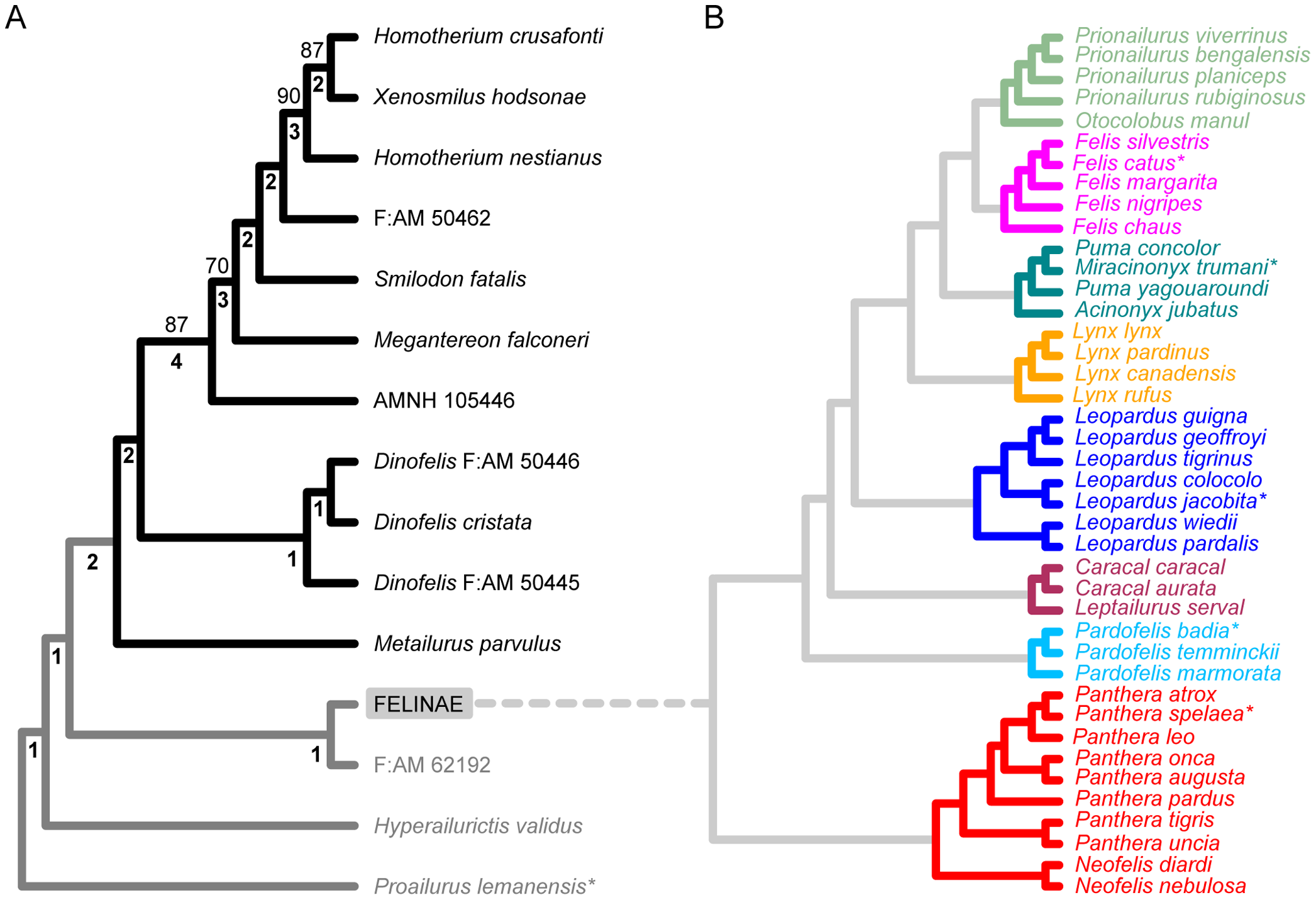Classification
Domain-Eukarya: The organisms in this domain
contain membrane-bound organelles and a nucleus. Other organisms
found in the Eukarya domain is the
bombardier beetle and the
pygmy marmoset.
Kingdom–Animalia: The kingdom animalia contains
all multicellular, eukaryotic organisms. These organisms have some
type of skeletal support, specialized cells, and reproduce sexually.
The
Brazilian/Mexican free-tailed bat is also found in the Animalia
kingdom.
Phylum–Chordata: The phylum chordata includes
animals that have a notochord, which is a semi-flexible rod that
provides structural support for the organism. Other characteristics
of this phylum are bilateral symmetry, pharyngeal pouches, postnatal
tail, and a nerve cord. The
tiger musky and the
American black bear are also members of the Chordata phylum.
Class–Mammalia: The organisms in the class
mammalia are warm blooded, have hair made of keratin, and a four
chambered heart. Also, these organisms have mammary glands that
produce milk, which is used to feed their young. The parental care
is well developed. Additional members of the Mammilia class are the
red fox and the
dik-dik.
Order-Carnivora: Cornivora translates as
“flesh-eater,” but members of this order do not only eat meat; many
are omnivores. These animals are characterized by their prominent
canines. This
fossa and
walrus are found in the Carnivora order.
Family- Felidae: Members of this taxonomic group
are cats. They are one of the more strict species within the
Cornivora order. Their diet consists of mostly herbivores, with the
exception of the domestic cat. Their characteristics include
excellent balance and retractable claws. The
saber-tooth tiger is found in the Felidae family.
Figure 2. This phylogenetic tree is of the Felidae family.
It shows where certain characteristics arose in cats. This image can
be found at
Evo Eco Devo Wiki.
Genus- Leopardus: Members
of this genus are small and spotted. They are found in few places
across North and South
America.
Species- guigna: The
guigna is one of the smallest felids found in South America,
weighing approximately 2.2 kg.
Figure 2. This is a phylogenetic tree of the family Felinae, going into more detail of both the Genus and Species. This allows a more specific view of cats in this family. It can be found at PLOS One.
Head to the habitat page for more information, or go back to the homepage.
